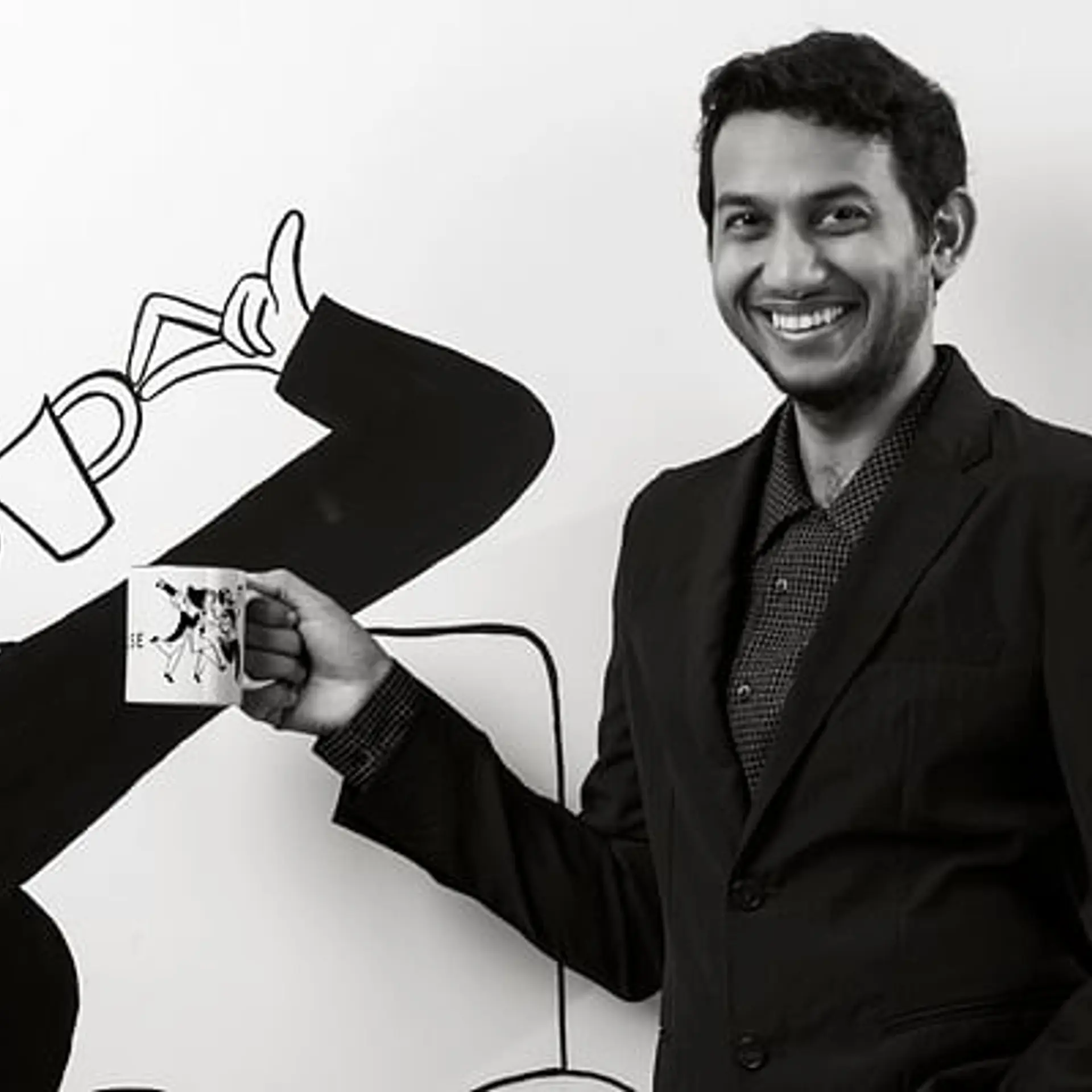Charting the Social Enterprise Landscape: With Unitus Capital

Priya Nadkarni and Jeevan Kumar, both are investment professional working with Unitus Capital, a boutique investment bank focused on raising capital for companies that impact the low-income population. Post the launch of Social Story, we were looking for some insights from experts in the social space and Unitus Capital obliged. Here we look at some of the teething problems and provide excerpts from the article which in its entirety is available here...
India’s drive towards becoming the world’s largest economy will continue to improve the lives of low-income population. Between 2005 and 2010, globalization has lifted half a billion people out of poverty across the world. As purchasing power improves, large demand-supply gaps are being exposed in fundamental areas such as healthcare, financial services, education, affordable housing, water and agriculture. Successful businesses in these segments need to move away from the traditional cookie cutter models because the challenges associated with operating in these markets are different. For instance, insurance – it is a necessary protection against income shocks for consumers, and yet insurance penetration in India is one of the lowest in the world. Regulators and Governments have taken the easy way out by enforcing the provision of these services on to private insurers. For many private insurers, this is just part of their social obligations and few really make money off products sold to the rural population. Hence, a large opportunity looms for building investing in businesses that work in this space.
Providing the fuel to oil the economy – Financial services
Credit
Credit allows people to leverage their limited and stable income to make asset purchases such as a house, help tide over periods of irregular income or commit large expenditure such as organizing a wedding. Unfortunately, household debt in India is 10% of GDP, 8-9X lower than US, UK or Canada and 3x lower than China. The impact of this is especially felt among the poor who lack access to credit at a reasonable cost, mainly because they lack good collateral and a stable income.
Long term savings and insurance
Savings avenues for the low income are limited and mainly include self-help group federations, co-operatives and chit funds. Access to retirement savings for the low income is another area that is little explored even as India has moved from a defined benefit system to a defined contribution system with the introduction of the National Pension System in 2004.
Enabling people to prosper and grow – Education
Education remains one of the sectors where potential for impact is huge. The Indian middle class is expected to expand significantly – from 300 million people today to 583 million people in 2025. By 2025, about three-quarters of India’s urban population will be part of the middle class, compared with slightly more than a tenth today. As Indians continue to climb the economic ladder, the composition of their spending will likely change significantly – growing by 11% over the next 20 years to 9% of the household income, creating a demand-supply gap.
Solving a looming problem that hinders productivity and wipes off incomes – Healthcare
India is faced with several serious healthcare issues that threaten to reduce the quality of life. 43% of Indian children below 5 years of age are malnourished compared to 28% in sub-Saharan Africa. India is home to nearly 1/3rd of the world blind population when nearly 80% of all blindness is preventable. This is the result of several failures in the healthcare system (a) poor sanitation (b) inadequate and poorly trained healthcare staff (c) lack of access to healthcare facilities. There are less than 800,000 physicians in India – 6.5 physicians for every 10,000 people compared to a global average of 14.2 physicians for every 10,000 people, a situation that is further compounded due to paucity of healthcare facilities – 9 beds for every 10,000 people compared to a global average of 30.
Building affordable homes for the mass market – Affordable housing
As rapid urbanization changes the landscape of our cities, India’s current model for low income housing is becoming grossly inadequate. The chawl is an apartment building with 4-5 stories, comprising 10-20 tiny 400 square feet rooms. The room serves as all-purpose quarters – living room, kitchen, bedroom and study. A typical family of five is joined by in-laws and visiting cousins. “It is a global paradox”, observes Naresh V. Narasimhan, an accomplished architect who consults for Infosys, TCS and the World Bank. “The smaller the unit, the more people live in it. The larger the house, the fewer people it contains.”
Saving the planet – Renewable Energy
Rising costs of fossil fuels and their depletion has increased the interest and investment in renewable energy sources. In many countries renewable energy has received substantial support from the government.
Improving rural incomes – Agriculture
Agriculture contributes 16.6% of the Indian GDP, more than half a billion people are employed in the agricultural and allied sectors. India is among the world’s five largest producers, growing over 80% of agricultural produce items. However, the crop yields in India are 30-60% of the yields in developed and developing countries – among the lowest in the world. Nearly a third of the produce is wasted due to poor supply chain and the unorganized nature of the retail industry in India.
Read the complete article.







